When Steve Jobs hits movie theaters on Oct. 9, it will be the second film inspired on the innovator’s life in the space of just two years, on top of two existing biographies, a September documentary by Alex Gibney and a 2017 opera in Santa Fe.
But Steve Jobs will be the most authoritatively credentialed movie portrait by far. In anticipation of the release, Lev Grossman spoke with writer Aaron Sorkin, director Danny Boyle and Jobs actor Michael Fassbender for the Sept. 7 issue of TIME. Here are 5 things we learned:
1. Michael Fassbender will not look like Steve Jobs — and the filmmakers are rolling with it
Fassbender does not share many of Steve Jobs’ well-known features, such as the dark hair and long nose. While Ashton Kutcher shared a striking resemblance with Apple’s cofounder and CEO in the 2013 movie Jobs, Boyle says the creative team of Steve Jobs is going for “a portrait…rather than a photograph.”
“We decided that I didn’t look anything like him, and that we weren’t going to try to make me look anything like him,” Fassbender adds. “We just wanted to try to encapsulate the spirit and make our own thing of it.”
The wardrobes, however, are more historically accurate, with the iconic black turtleneck appearing during the later stage of Jobs’ career.
2. This is not your standard narrative biopic
The movie is broken into three episodes, each depicting one of Jobs’ major product launches: the Macintosh, the 1988 NeXT, and the 1998 iMac. The action of the movie is completely contained within the moments behind the scenes, before Jobs takes the stage.
“It’s not an origin story, it’s not an invention story, it’s not how the Mac was invented,” Sorkin says. “I thought the audience would be coming in expecting to see a little boy and his father, and he’s staring in the window of an electronics shop. Then we would view the greatest hits of Steve Jobs’ life. And I didn’t think I’d be good at that.”
See Steve Jobs’ Legacy in 16 Photos
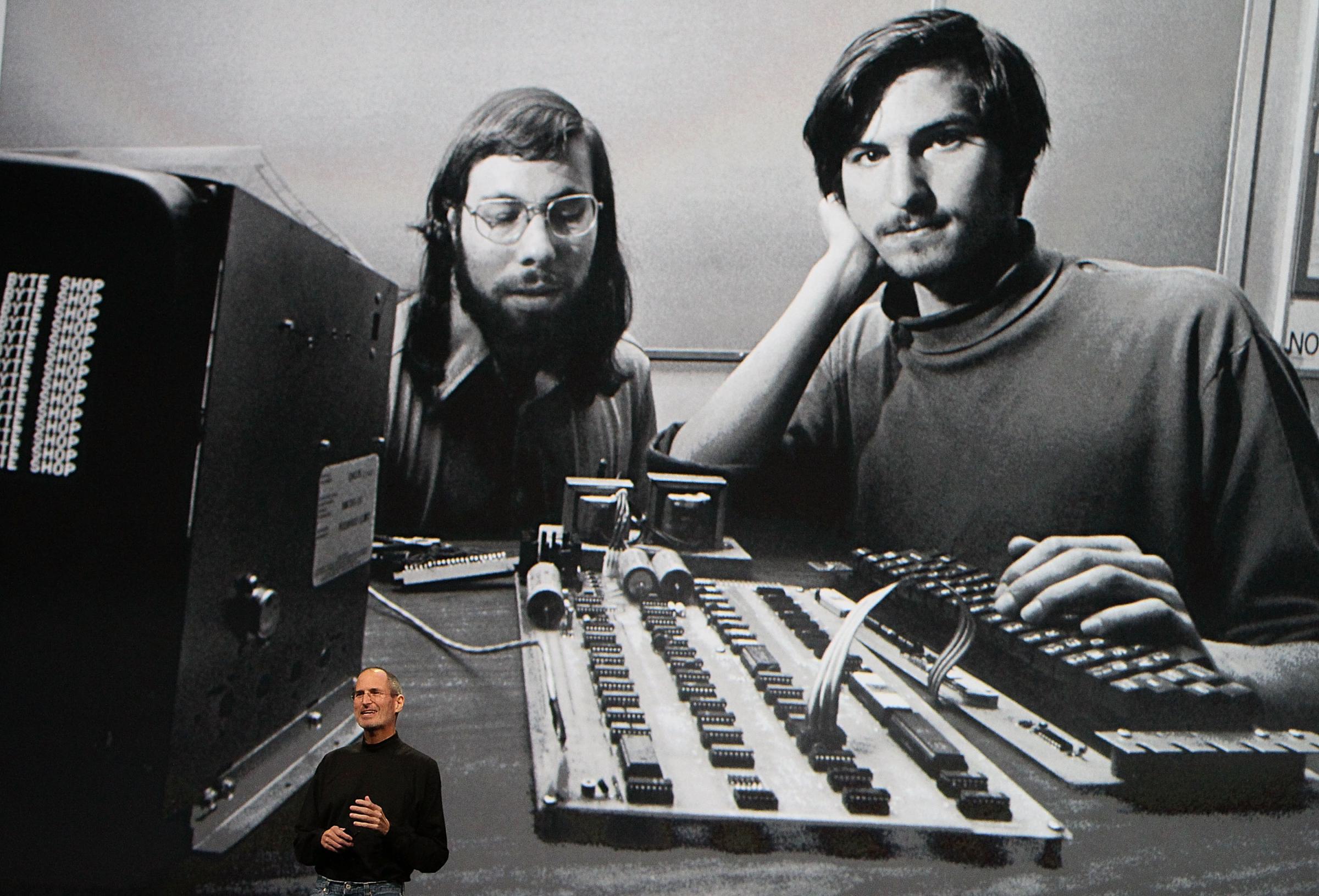

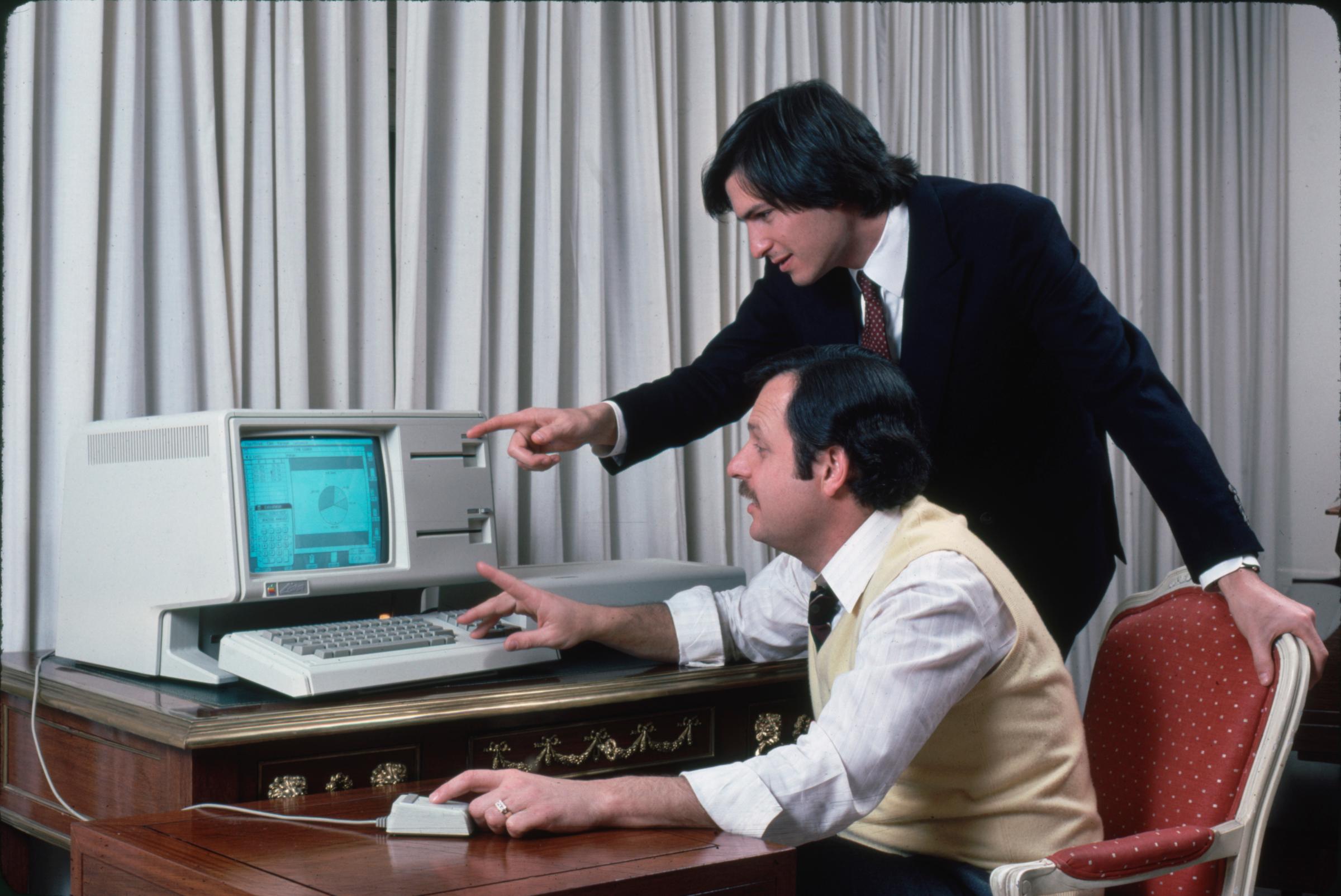

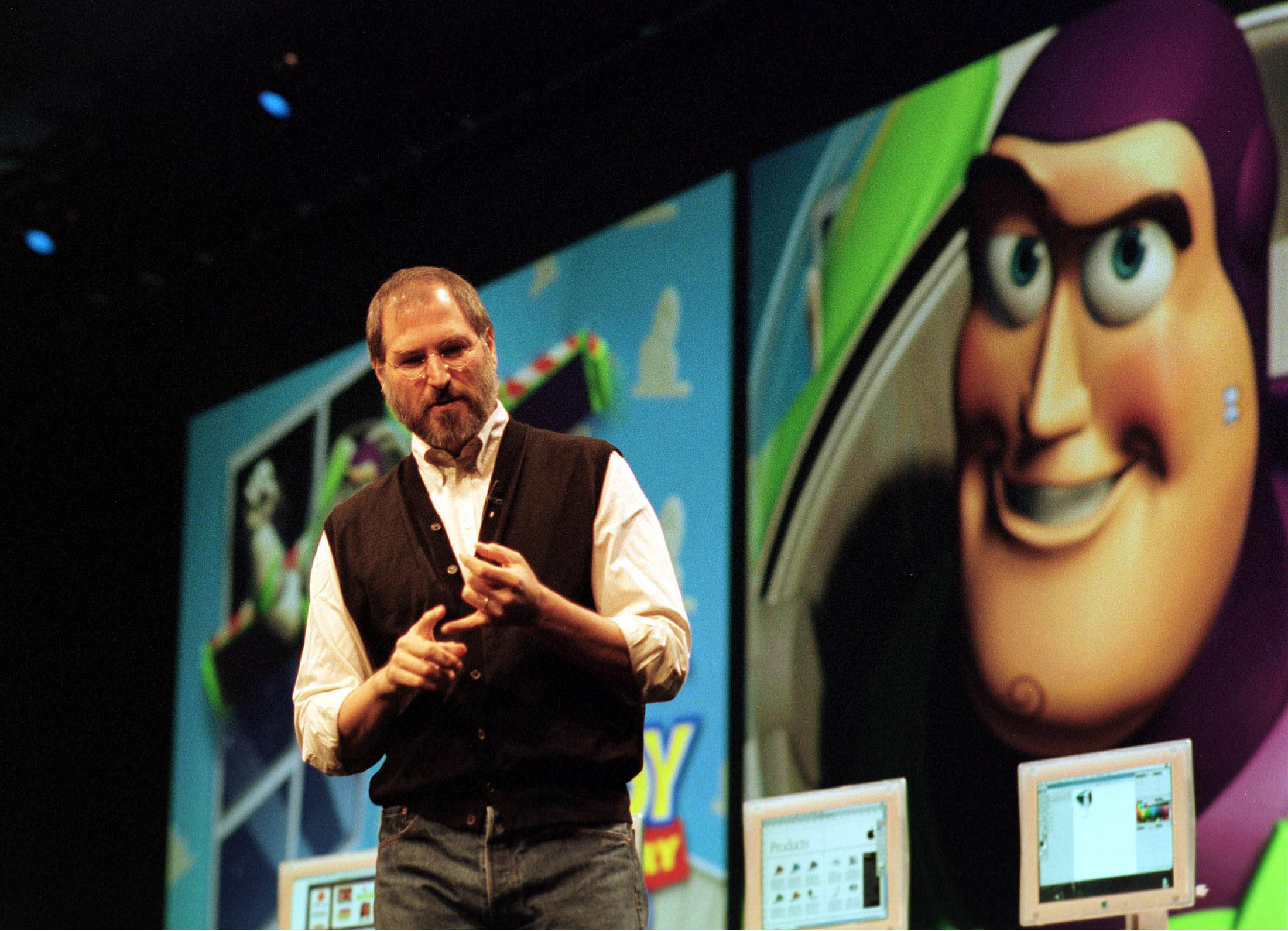
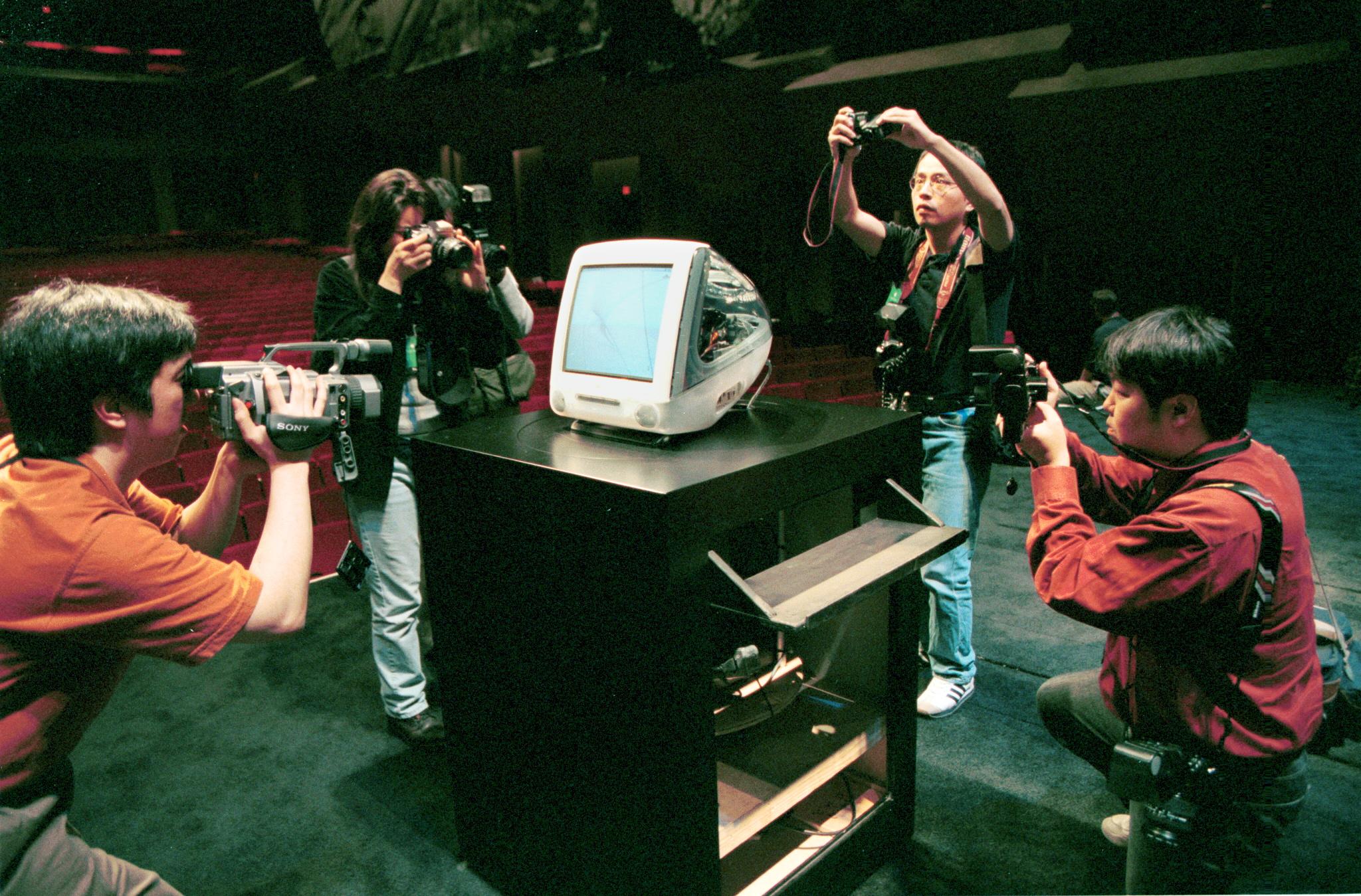


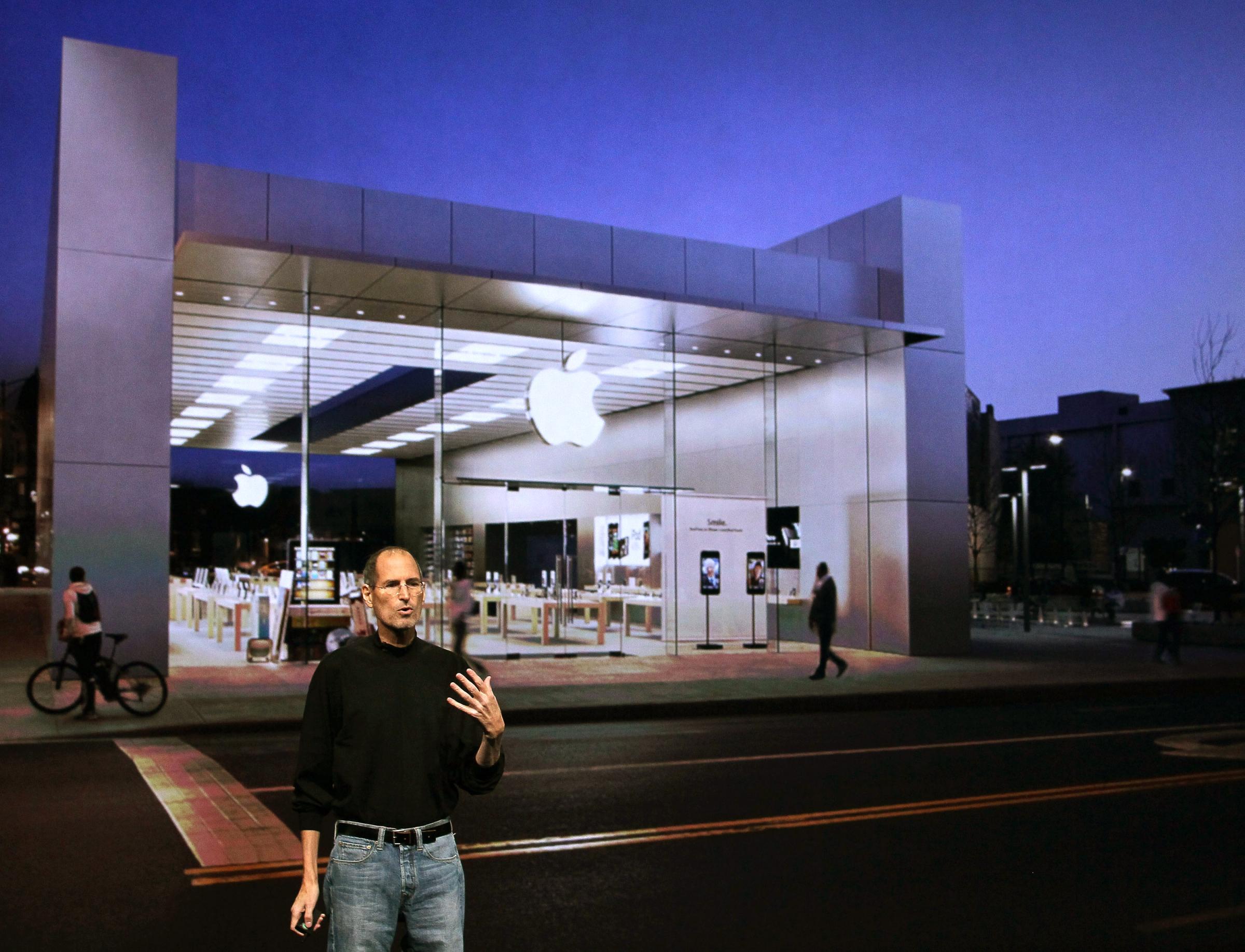







3. Sorkin didn’t just recycle Jobs biographies
Sorkin, the writer behind The Social Network and The West Wing, spoke with many who knew and worked with Jobs — including people who did not cooperate with the book by Walter Isaacson that served as the inspiration for the film.
“I was very lucky to be able to talk to John Sculley, who after he left Apple kind of went into hiding a bit in Florida,” Sorkin says. “There were parts of the record that he wanted to set straight.”
Sorkin also spoke with Lisa Brennan-Jobs, Jobs’ daughter with an ex-girlfriend, who’s a major figure in the film.
4. The movie was shot in San Francisco, despite the sky-high location costs
Boyle shot the movie in separate rounds for each of the three launches — and insisted on shooting on-site in San Francisco, even though the film was set mostly indoors.
“The financiers are going, ‘Well, you could film this in Prague, save $5 million!’” Boyle says. “Which you’d just waste on something else. I mean, this place is the birthplace of the modern world. Unless something else happens, the world for the next 50 years is going to be living through the consequences of this work.”
5. Fassbender and Jobs have some similarities, but the role didn’t come entirely naturally
Differences in in hair color aside, Boyle points to an important trait that Fassbender and Jobs share: “If you’re trying to say, “What’s the thing about him that is Jobsian?” you get in Michael an uncompromisingness about his acting that’s probably the same as what Jobs was like about his work.”
But not all of Jobs’ traits were easily accessible to Fassbender. It turns out the entire technology innovation aspect of the role (which, one could say, is a major part of Jobs’ life) was a mystery to the actor.
“I’m terrible with technology,” he says. “It behaves strangely around me. Things crash all the time. I rejected the mobile phone for so long, until people were like, ‘We can’t get in touch with you. This can’t go on.’”
More Must-Reads from TIME
- Caitlin Clark Is TIME's 2024 Athlete of the Year
- Where Trump 2.0 Will Differ From 1.0
- Is Intermittent Fasting Good or Bad for You?
- The 100 Must-Read Books of 2024
- Column: If Optimism Feels Ridiculous Now, Try Hope
- The Future of Climate Action Is Trade Policy
- FX’s Say Nothing Is the Must-Watch Political Thriller of 2024
- Merle Bombardieri Is Helping People Make the Baby Decision
Write to Julia Zorthian at julia.zorthian@time.com